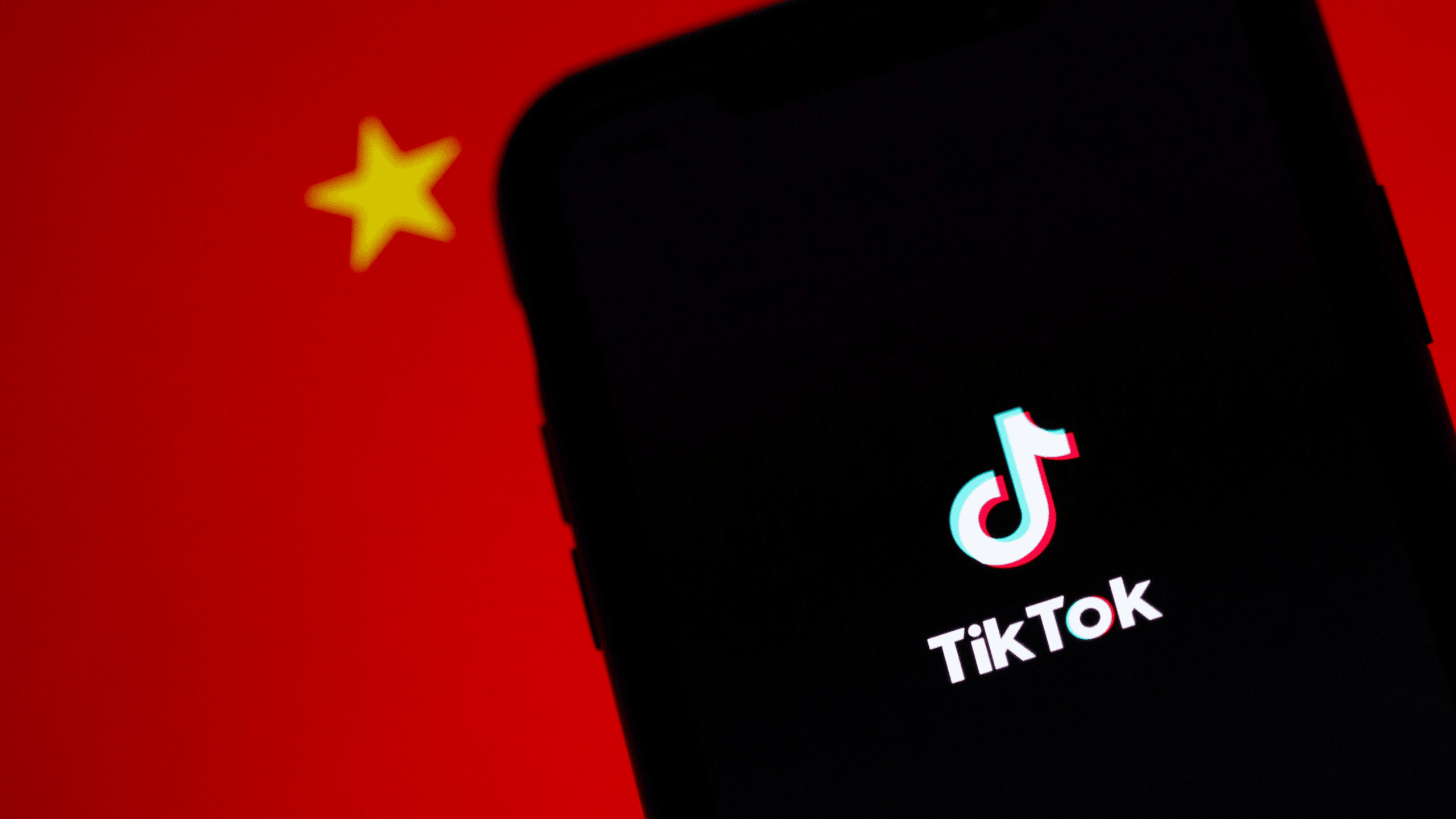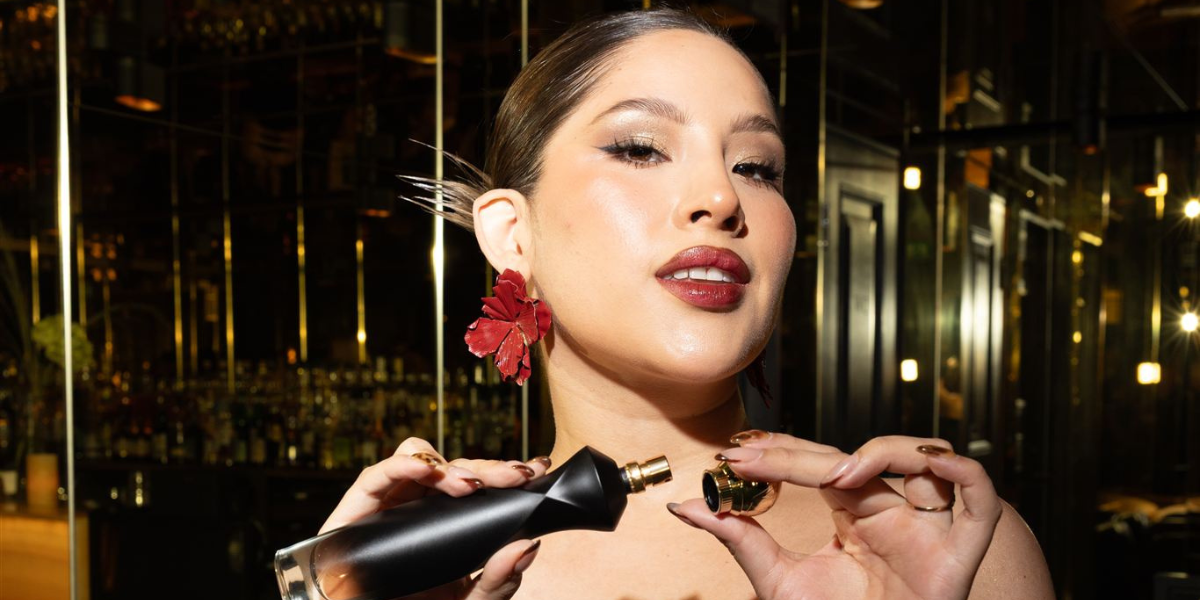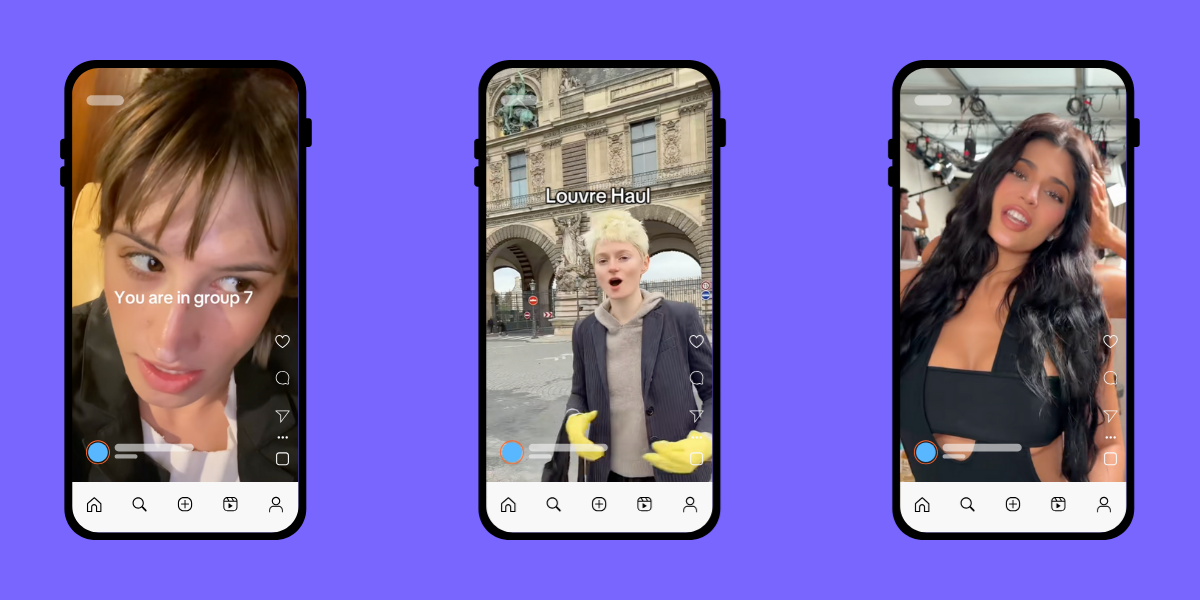The ongoing battle over TikTok’s future in the US took a dramatic turn on 20 January, when newly inaugurated President Donald Trump issued an executive order delaying the ban for 75 days.
This came just hours after the app briefly went dark following ByteDance’s failure to divest TikTok by the 19 January deadline.
What led to the ban?
In April 2024, Congress took a hard stance against TikTok, issuing ByteDance an ultimatum: sell to a US-approved buyer within nine months or face a ban. When ByteDance failed to divest the platform by 19 January 2025, TikTok was removed from app stores and became inaccessible to users in the US for a brief period before Trump intervened.
The divisive move stemmed from national security concerns. With ByteDance allegedly linked to the Chinese Communist Party (CCP), the US government raised fears over the company’s potential access to American user data, suspecting it could be misused for spying or political manipulation.
Justice Department lawyer Elizabeth B. Prelogar made their position clear, telling the court that Beijing “could weaponise TikTok at any time to harm the United States”.
On the other side, critics have condemned the bill as unconstitutional and a blow to free speech. They argue that a ban could stifle the creativity and livelihoods of TikTok’s 170 million users – and let’s not forget the job losses of some 17,000 employees.
It’s a battle of binaries – security versus threat, control versus freedom – but, like most issues, the reality is far from black and white.

About the author
Natalie Clement | Digital Marketing Executive
With international experience as a digital marketer, writer, and editor, Natalie has worked across sectors including lifestyle, technology and tourism.
An advocate for innovation in digital marketing, Natalie has a proven track record of driving audience engagement and delivering measurable results.
What does Trump’s 75-day extension mean?
On his first day back in office, Trump issued an executive order delaying enforcement of the ban until 5 April 2025. This move allows his administration to reassess the security risks posed by TikTok and explore potential solutions, including a US acquisition of the platform.
However, legal experts warn that the extension exists in a ‘grey area.’ Under federal law, US companies like Google, Apple, and internet hosting providers are still prohibited from maintaining, distributing, or updating TikTok. Trump’s order, however, instructs the Attorney General not to enforce penalties, creating a loophole that allows the app to continue operating – for now.
Could TikTok be saved for good?
Trump’s shifting stance on TikTok has added another layer of uncertainty. While he previously sought to ban the app during his first term, he has since expressed support for keeping it operational under new ownership. He recently stated that he was in talks with multiple potential buyers and expects a decision on a sale within 30 days.
Figures like SpaceX and Tesla CEO Elon Musk and Oracle CEO Larry Ellison have been floated as potential buyers, but no formal agreements have been made.
What would a permanent TikTok ban mean for users, creators, and brands?
A US TikTok ban would bring job losses, alternative platform growth, and the slow decline of a digital era.
- Behind the scenes, 17,000 US employees would lose their jobs. On screens, creators who depend on the platform for income would need to quickly adapt to new platforms.
- In fact, many content creators are already asking their audiences to follow them on other platforms like Instagram or YouTube, which would likely grow as creators and audiences shift attention elsewhere.
- The social impact could be significant. TikTok has become a cultural catalyst, driving viral trends and chart-topping hits in a way that other platforms may struggle to replicate.
- TikTok has also influenced how we search for information, rivalling traditional tools like Google’s search engine. A ban could halt this evolution, forcing users to revert to older methods of information discovery.
For now, the fate of TikTok in the US remains uncertain, leaving us bracing for what might come next.





